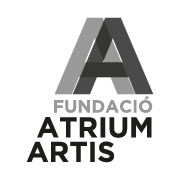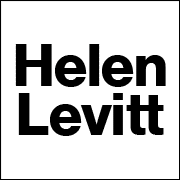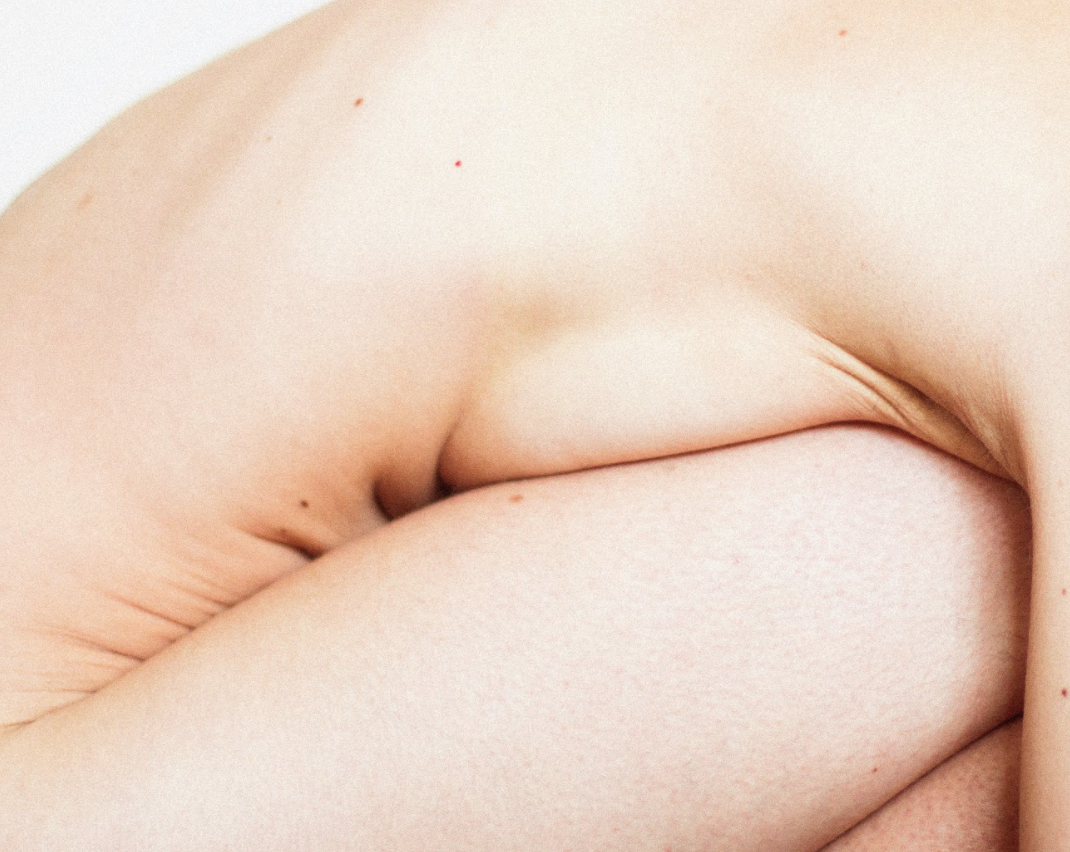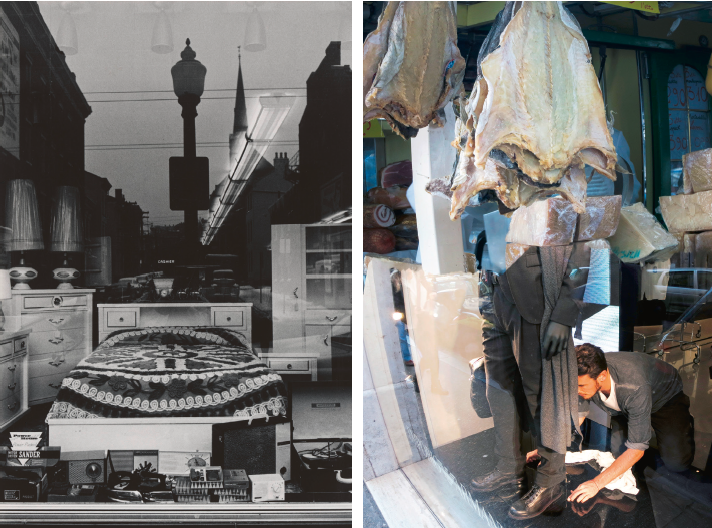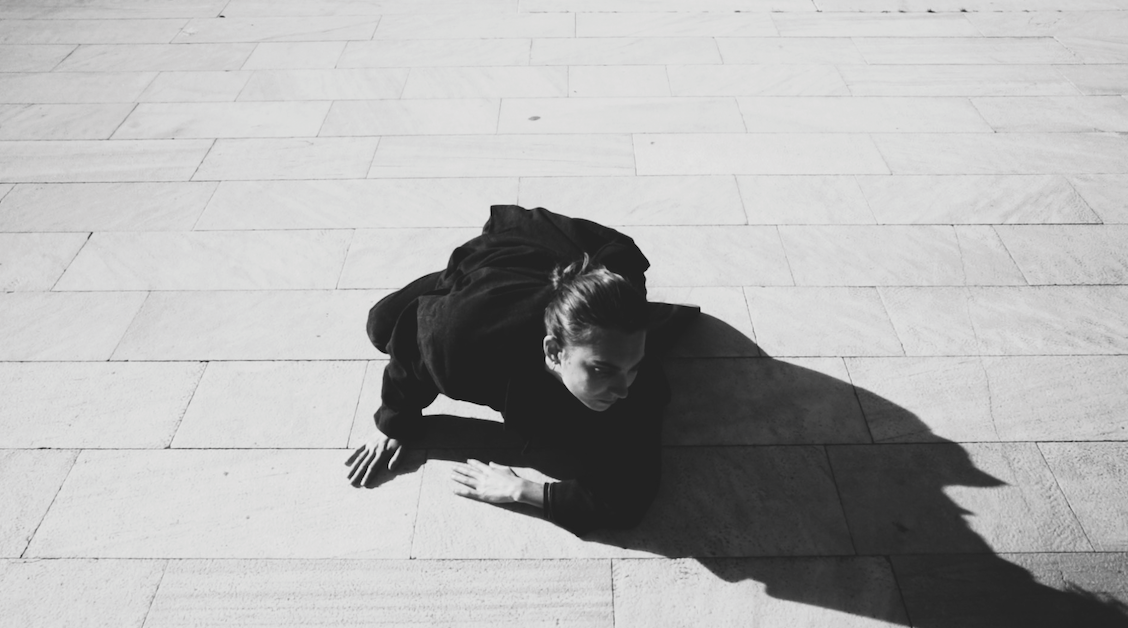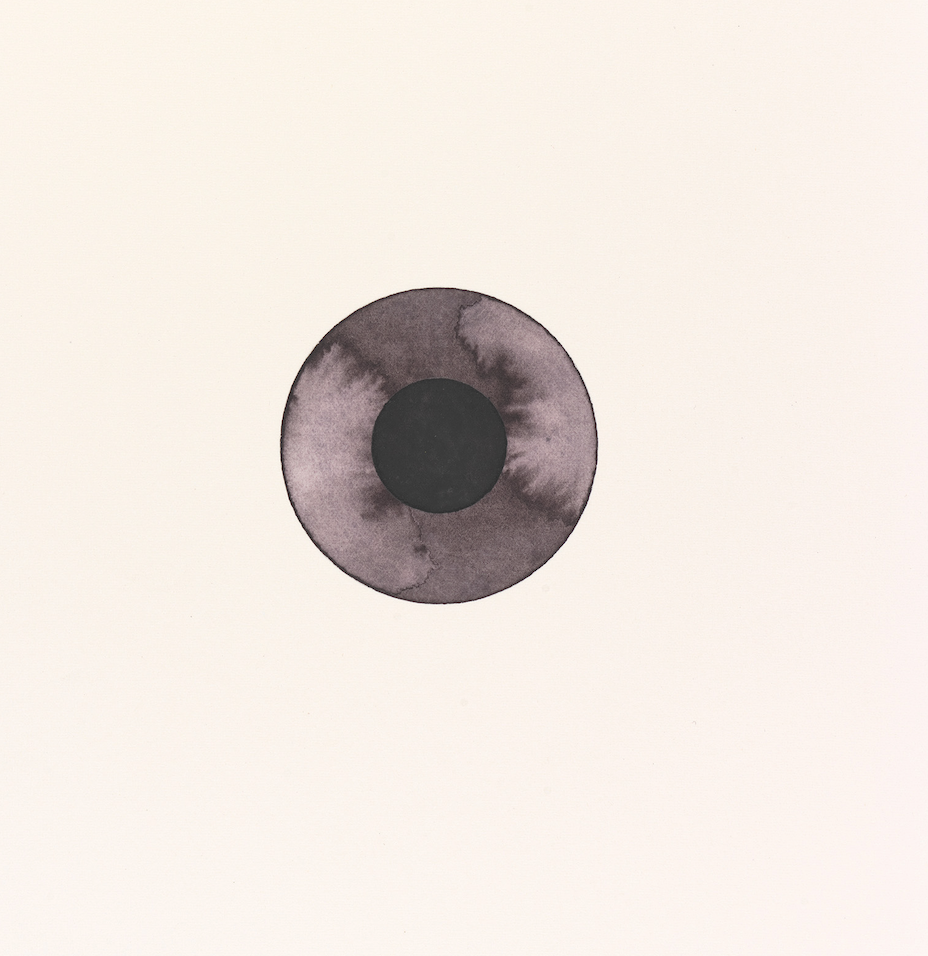library
Aesthetics of anti-Francoism
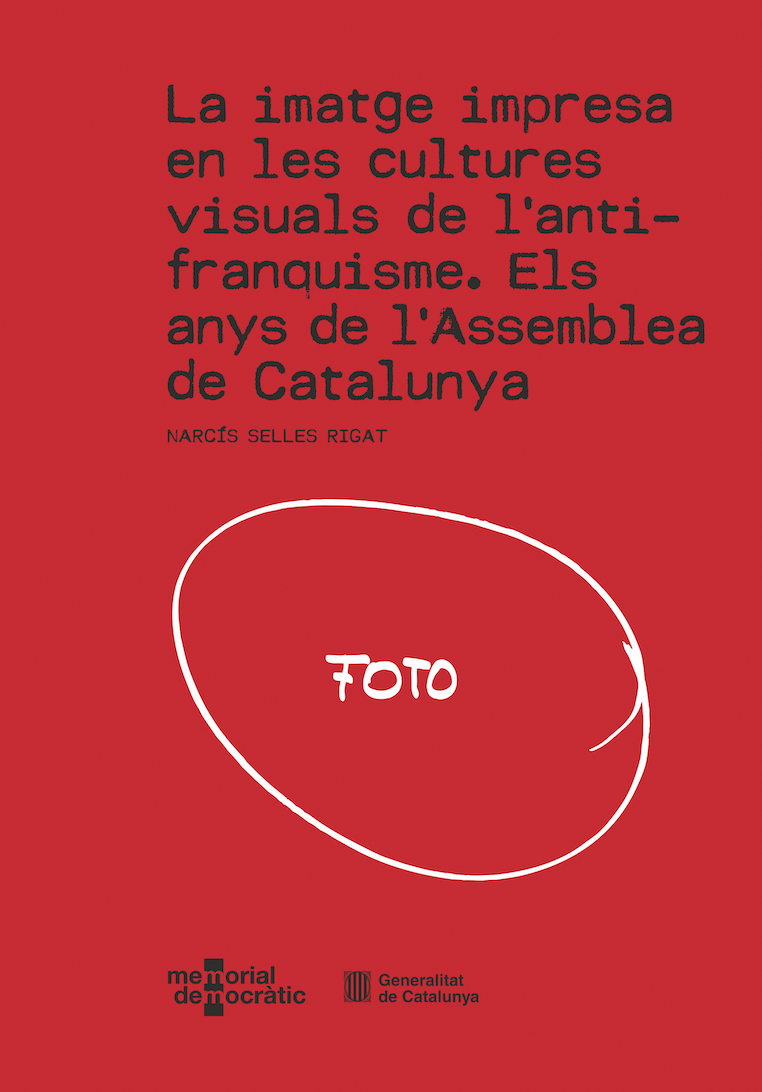
Narcís Selles Rigat, The image printed in the visual cultures of anti-Francoism. The years of the Assembly of Catalonia , Democratic Memorial of the Generalitat de Catalunya, Barcelona, 2021.
This book is part of a project commissioned by the Democratic Memorial as part of the commemoration of the fiftieth anniversary of the constitution of the Assembly of Catalonia. The publication deals with the visual production of anti-Francoism - from high culture to popular cultures - during the time that the opposition platform functioned, but without forgetting previous experiences. In addition to the book, we also took care of a small format exhibition conceived as a montage of texts and images, and designed to travel around the country. The design was by Marcel Dalmau.
The aim of the project is to show the scope and social relevance of the printed image in the process of erosion of the Franco regime, as well as its uses by the different sectors of the democratic opposition (organizations and political parties, unions , cultural organizations, publishing companies, neighborhood associations, etc.).
One of the distinguishing features of the initiative is that, instead of focusing on unique works, we take care of those that took shape through graphic printing, as it was mainly thanks to the use of various reprographic techniques and the use of different media and publishing formats (engravings, posters, books and magazines, disc covers, etc.) that this production reached large sections of the population and helped to promote the perception of a framework of values and references contrary to or alternative to those of the established officialdom. So artists, graphic designers, designers, illustrators and ninotaires visually shaped the desire for change in civil society in the face of the authoritarian order in which the Spanish state was based.
The two hegemonic lines of this anti-Francoist vision basically congregated during the second half of the sixties and lasted until the seventies. One was based on theories related to social realism with the progressive incorporation of elements of pop art and related poetics. And the other was linked to the historical avant-garde and to certain currents of modernity. Alongside these two major orientations, other trends with varying degrees of dissent emerged. From neo-rationalist currents to countercultures or neo-avant-garde conceptualists to experimentalisms, which introduced perceptual and micropolitical issues related to subjectivities, interpersonal relationships and ways of life, as well as critique of the artistic institution and languages. and established aesthetic canons.


